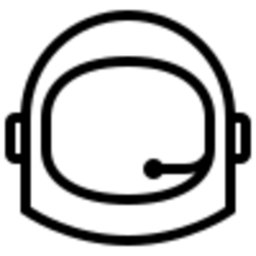In India, for the first time in the history of the country's space exploration, a satellite for the study of the Sun was launched on Saturday, just under a week after the first Indian lander landed near the South Pole of the Moon. The spacecraft Aditya-L1 is the latest mission of India's space program, and it lifted off from the launch pad in Sriharikota, South India, aboard a rocket around noon (local time). Its mission is to observe the outer atmosphere of the Sun.
Four months on the way to the L1 point
The launch was successful, according to the Indian Space Research Organization (ISRO). The satellite was placed precisely in its intended orbit, and India's first solar observatory has begun its journey to the Sun-Earth L1 target point. The mission's name is a Sanskrit word for the Sun. L1 stands for Lagrange Point 1, which refers to the point in space between the Sun and Earth where the gravitational forces of the two bodies are in balance, as explained by ISRO.
The Aditya-L1 spacecraft will orbit Earth several times before heading to its destination. The journey will take almost four months. When the satellite reaches the L1 point, it will be approximately 1.5 million km (932,000 miles) away from Earth.
The satellite will orbit this location for its entire lifespan, providing an uninterrupted view of the Sun, as stated by the space agency. The solar observatory is equipped with seven instruments to study the Sun's corona (the outermost part of its atmosphere), the photosphere (the Sun's surface or what we see from Earth), and the chromosphere, a thin plasma layer between the photosphere and the corona.
The data on solar phenomena that India aims to collect will help improve our understanding of Earth's weather as well as that of other planets. It will also contribute to better protecting communication and climate satellites orbiting Earth, according to an ISRO spokesperson. The mission is expected to last a little over five years.
Just last Wednesday, a probe landed on the Moon as part of the Chandrayaan-3 mission, making India the fourth country to achieve a successful Moon landing. The lander Vikram will now explore the South Pole of the Moon.


